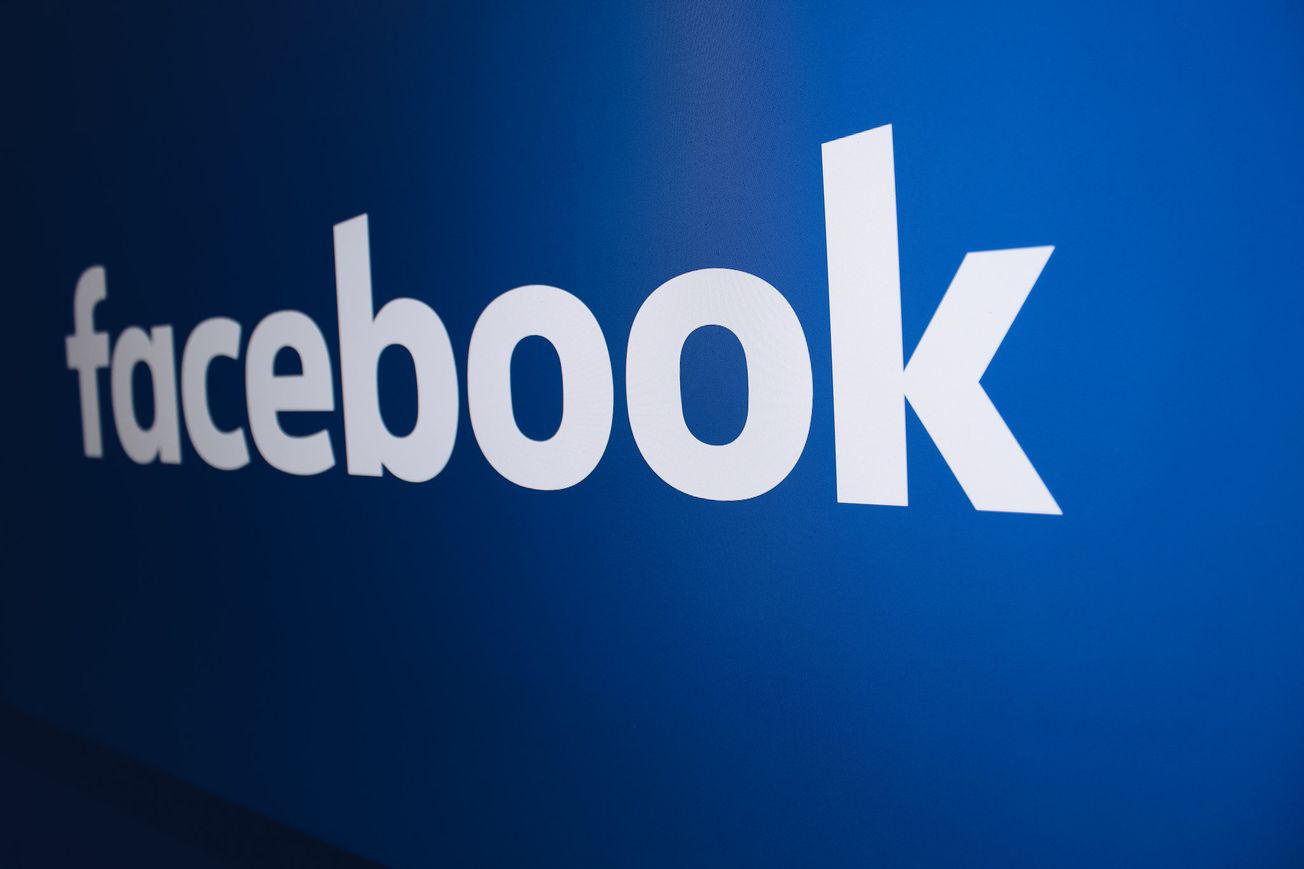For a while now, the hybrid work world has existed, but its effectiveness is still up for debate. Microsoft has released a report titled "Empowering your workforce in economic uncertainty" that polls business owners and workers alike and finds a significant chasm between the two groups' outlooks.
The research used aggregated and anonymized data from LinkedIn and Microsoft 365 in addition to survey responses from 20,000 people across 11 countries. It discovered a vast chasm between people's actual and perceived levels of productivity in the modern workplace.
While the majority of staff (87%) feel productive at work, 84% of managers aren't as confident. As a result of the transition to a hybrid work environment, it is more difficult for managers to gauge employee productivity with certainty.
Jared Spataro, Microsoft's CVP of Modern Work, tells Fast Company that without a physical workspace, many of the tools that leaders have developed over the course of their careers to measure the productivity of their employees are unavailable to them. It's fair to ask, then, how we should evaluate productivity in the twenty-first century. To change our focus from processes to results, we must make a 180 degree turn. Yet, the focus of this "productivity paranoia" should be on what people are doing.
Two groups, each facing unique difficulties, are to blame for the widespread fear. Spataro points out that managers have not been given a pass when it comes to productivity. Still, they're under pressure to achieve more ambitious financial targets and the like. Thus, over the past few years, they have not altered their anticipations.
However, workers have undergone significant changes, both emotionally and practically, as many have migrated in the past few years, taking them far away from their offices. This has led to a greater examination of work/life balance and what is truly important to workers.
Of course, it has been difficult to reintroduce workers to the workplace. Again, the gap in understanding between employees and supervisors is to blame.
A study conducted by Microsoft found that if employees knew they could grow closer to their coworkers, 84% of them would show up to work more often. But most managers would rather use corporate policies to rein them in than rely on the power of personal relationships.
'It turns out that in person connections with the person that [you] work with are the biggest draw,' says Spataro. Their size exceeds that of tacos. The possibility of developing a close working relationship with a coworker is crucial.
The hybrid work week has become popular due to the growing demand for greater workplace flexibility among today's workforce. However, according to Spataro, he believes that the future of work will resemble the office as we know it from before the pandemic, albeit with much more freedom.
He gives the example of how the most prosperous businesses are those that are relaxing requirements that employees must be physically present at the office during a predetermined number of hours per week. Instead, they schedule times throughout the week where employees can interact with one another, and they stress the importance of everyone being present at these events, even though they know it will be a sacrifice for them.
The key, he says, is being able to tell the player, "We recognize certain things are going to be great for you." To a large extent, that can be attributed to adaptability. But if we want to succeed as a team, we'll have to make sacrifices that are inconvenient for some members of the group on occasion. Even transportation to and from work counts. This is something I am observing, though it seems to occur only in places with resolute and astute leaders. What's good for the team in the long run is also good for the employees, so they need to convince them of that.
Workers are doing more mental arithmetic these days, as evidenced by the fact that they are increasingly asking themselves whether or not "they are becoming more valuable at their jobs or are stagnating," one of the report's other major takeaways. In the second case, they are more likely to reject the offer.
As a result, it is the responsibility of businesses to provide employees with means of professional development. Seventy-six percent of respondents said they would remain with their current employer for longer if they were given more opportunities for professional growth. However, they will look elsewhere for employment if they don't believe that is a top priority among upper management.
Spataro describes it as "a mental shift."
He further argues that it is of paramount importance for businesses to close the gaps between the perspectives of employees and those of managers. An organization is only as good as its people, so encouraging employee participation and fresh ideas can only benefit the business in the long run.
Does the manager have the trust of his or her staff? Spataro asks. From our findings, we have concluded that social capital is the most promising direction to pursue. Similar to the way that money is a resource that helps a business function, people are also a vital part of what it takes to keep a company going. In a nutshell, it accelerates the pace of any collaborative effort.









